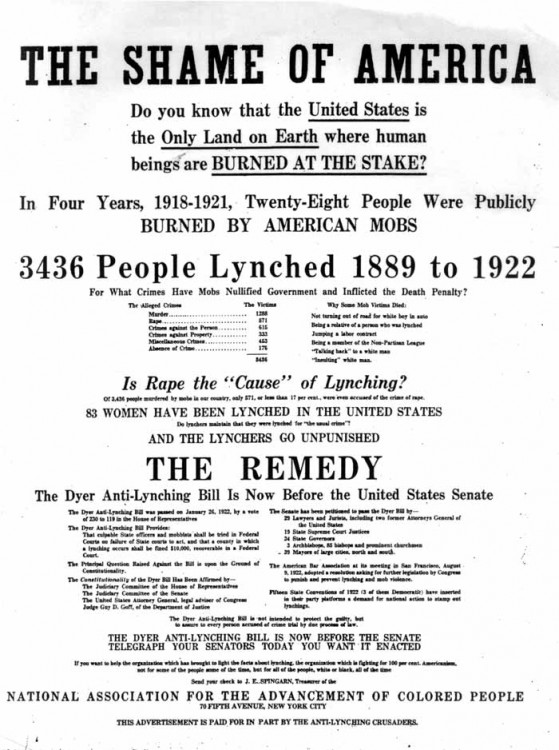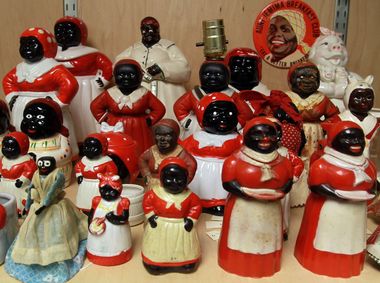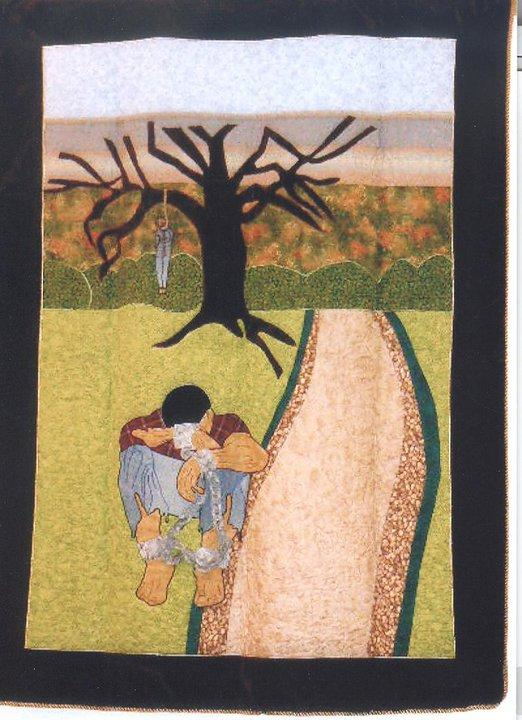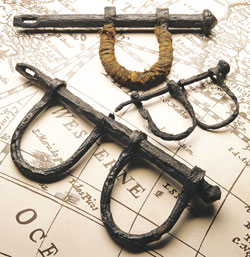Black kids and suicide: Why are rates so high, and so ignored?
Share
Explore Our Galleries
Breaking News!
Today's news and culture by Black and other reporters in the Black and mainstream media.
Ways to Support ABHM?

Black youth may be less likely to share their thoughts of loneliness or depression than other youth, which could be a reason for higher rates of death by suicide among black youth. Motortion
By Rheeda Walker, theconversation.com
Teen suicide rates among black youth are increasing. In 2016 and again in 2018, national data revealed that among children age 5-11, black children had the highest rate of death by suicide. For the years 2008 to 2012, 59 black youth died by suicide, up from 54 in the years 2003-2007.
Also, the 2015 Centers for Disease Control and Prevention’s biennial Youth Risk Behavior Survey reported that, compared to non-Hispanic white boys, black high-school age boys are more likely to have made serious suicide attempts that require medical attention.
I am a professor of psychology and also director of the culture, risk and resilience research laboratory at the University of Houston, and I recently co-authored a study that suggests that new risk profiles may be needed for better suicide prediction in African Americans in particular.
Comprehensive suicide awareness
Suicide has become a leading cause of death in the U.S. among all age groups, but particularly in youth and young adults. It is the second leading cause of death among 10- to 34-year-olds. Parents, teachers and professionals must be able to both talk about it and understand the risks for vulnerable children of any race. But those of us who work with black youth may also need to address some myths about suicide in the African American community…
Full article here
More Breaking News here
See ABHM galleries here









Comments Are Welcome
Note: We moderate submissions in order to create a space for meaningful dialogue, a space where museum visitors – adults and youth –– can exchange informed, thoughtful, and relevant comments that add value to our exhibits.
Racial slurs, personal attacks, obscenity, profanity, and SHOUTING do not meet the above standard. Such comments are posted in the exhibit Hateful Speech. Commercial promotions, impersonations, and incoherent comments likewise fail to meet our goals, so will not be posted. Submissions longer than 120 words will be shortened.
See our full Comments Policy here.